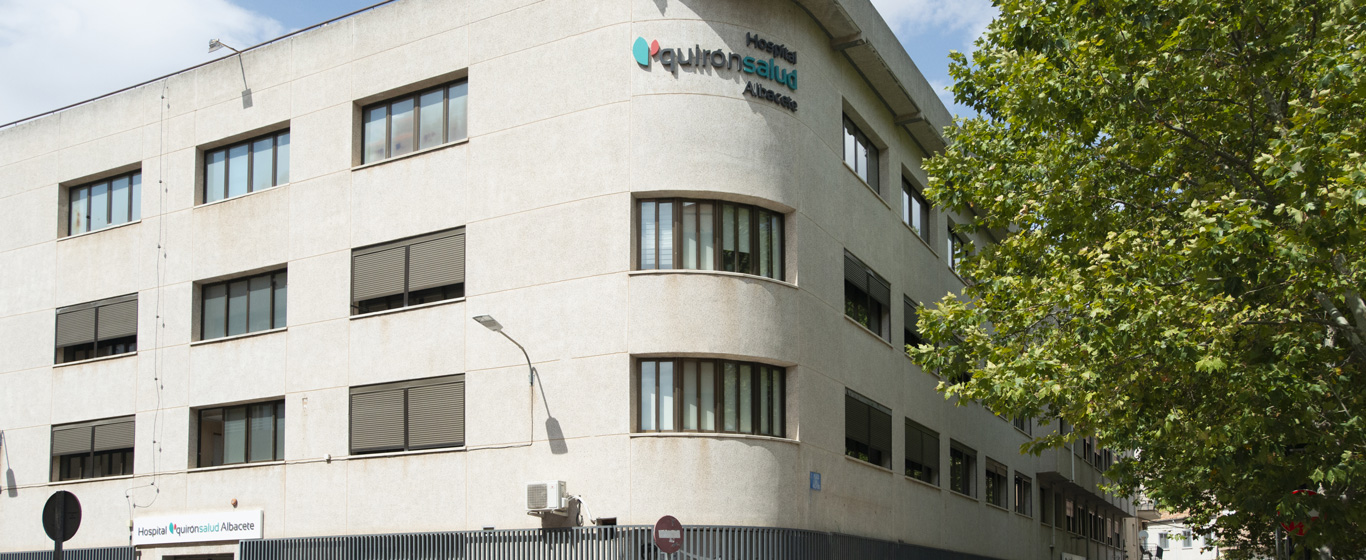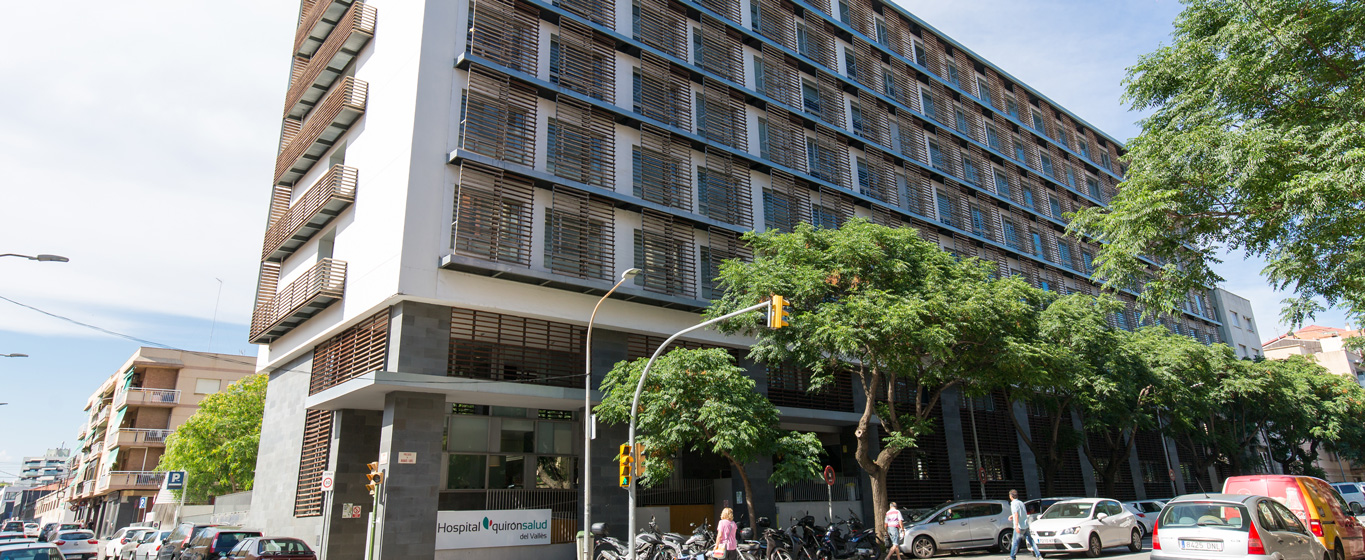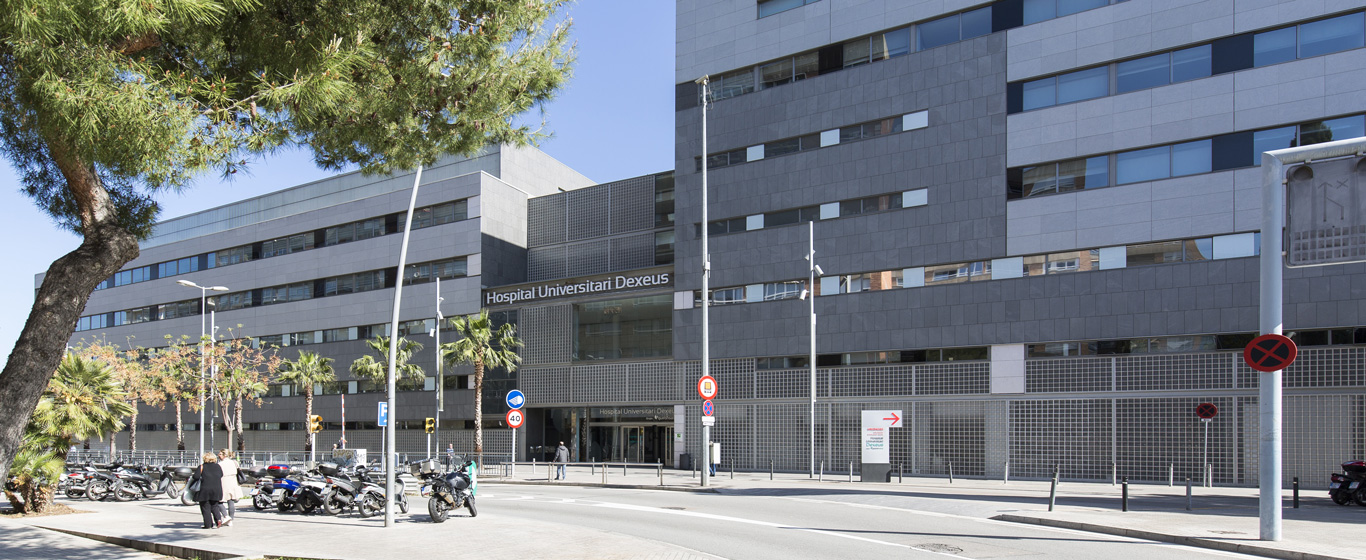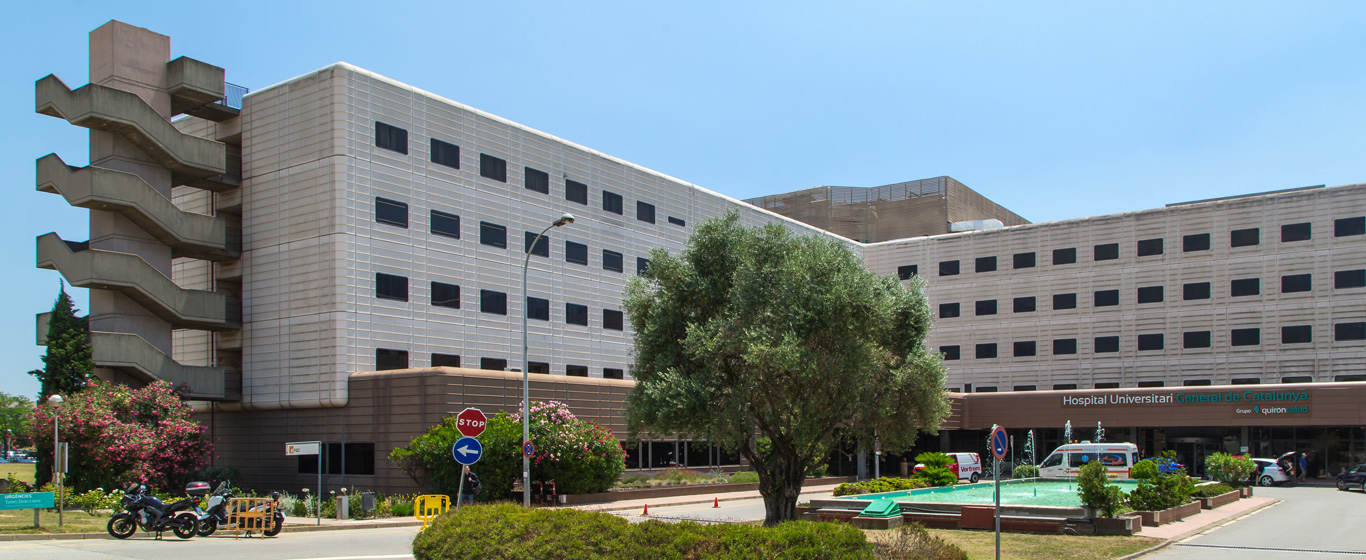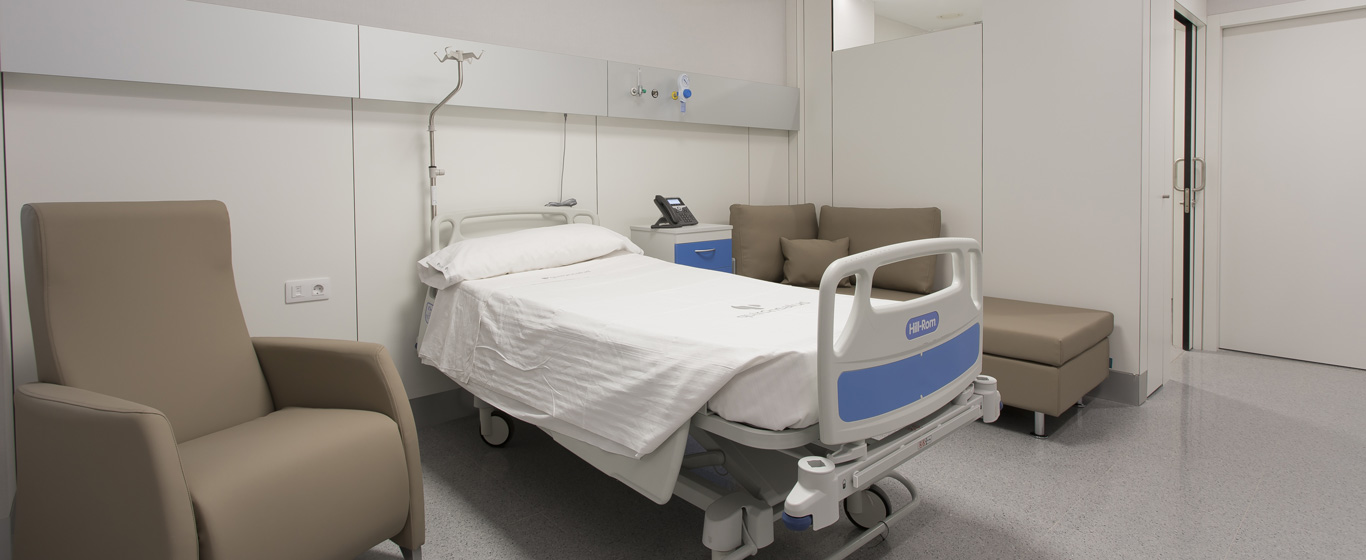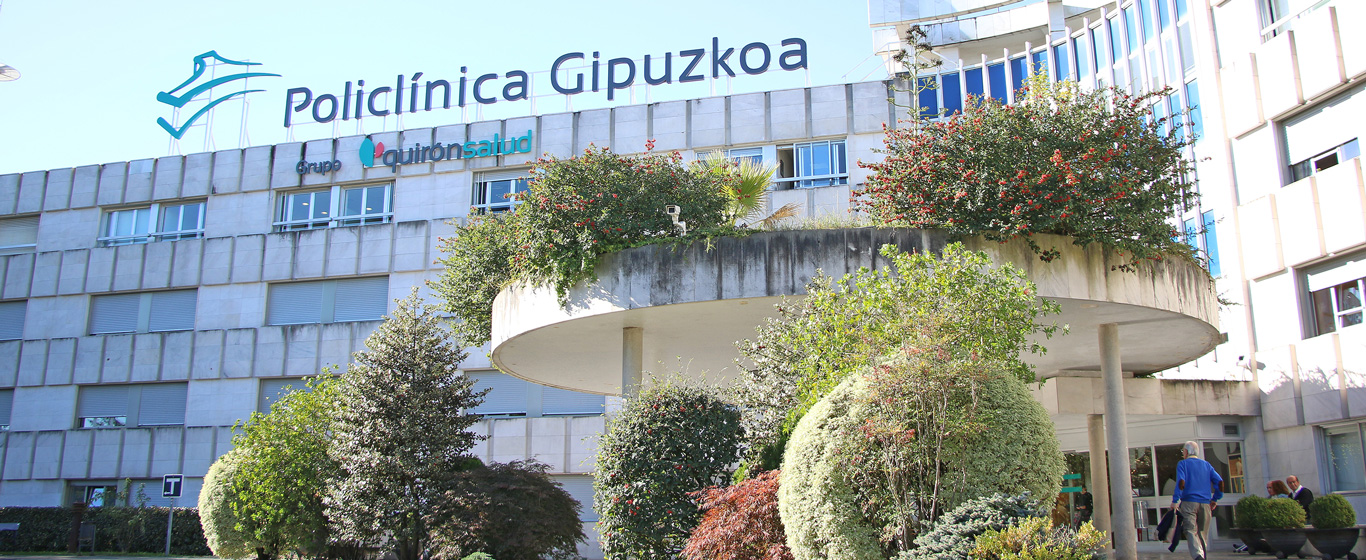Foot Ulcers
Why do foot ulcers appear? Learn all about the causes, symptoms, and treatments for this condition.
Symptoms and Causes
Foot ulcers are localized skin lesions on the foot that involve the complete loss of the epidermis and part of the dermis and even the hypodermis. This results in a break in the skin that leads to an open wound that does not heal.
Foot ulcers are classified based on their cause:
- Vascular ulcers: These are caused by a circulatory disorder. Depending on the affected blood vessels, they can be:
- Venous or stasis ulcers: These frequently appear around the ankle.
- Arterial or ischemic ulcers: These typically develop on the toes or heel.
- Neuropathic ulcers: These result from nerve damage.
- Pressure ulcers or bedsores: These are due to constant pressure on the skin. They commonly appear on the sole of the foot, especially the heel.
Symptoms
Symptoms of a foot ulcer vary depending on the type:
Symptoms of venous ulcers:
- Superficial red-colored sores.
- Irregular and slightly raised edges.
- Surrounding skin appears reddish, shiny, and warm.
- Heavy discharge and exudate.
- Pain.
- Eczema.
- Itching.
Symptoms of arterial ulcers:
- Deep sores with a grayish-yellow color.
- Necrotic scab.
- Regular and sharp edges.
- Surrounding skin appears pale, dry, and cold.
- No exudate.
- Intense pain.
Symptoms of neuropathic ulcers:
- Initially resembles hyperkeratosis (callus or thickened skin).
- Later, a deep, round central ulcer develops.
- Purulent discharge.
- Painless due to loss of sensation from nerve damage.
- Progressive enlargement.
- Destruction of surrounding tissues.
Symptoms of pressure ulcers:
- Inflammation.
- Blister in the initial stage.
- Deep reddish-brown sore.
- Discharge.
Causes
Vascular ulcers are linked to circulatory problems. Venous ulcers occur due to reduced venous blood return, caused by vein damage or blockages that lead to blood pooling. Arterial ulcers result from decreased blood supply to the foot, mainly due to artery narrowing.
Pressure ulcers are also caused by reduced blood flow, but in this case, they result from excessive pressure or friction on the feet. Neuropathic ulcers, on the other hand, develop due to peripheral nerve damage, often associated with diabetes.
Risk Factors
The likelihood of developing foot ulcers increases in the following situations:
- Vascular diseases, such as thrombophlebitis, deep vein thrombosis, arteriosclerosis, peripheral arterial disease, or vasculitis.
- Diabetes.
- Poor hygiene.
- Obesity.
- Pregnancy.
- Malnutrition and dehydration.
- Smoking.
- Immobility.
- Loss of sensation and sensory perception.
Complications
If left untreated, foot ulcers can expand and become infected. The infection may spread through the skin and affect the bones, joints, or soft tissues, leading to conditions such as infectious cellulitis, osteomyelitis, or septic arthritis. In rare cases, sepsis may develop, which is the body’s deregulated response to infection, potentially causing multiple organ failure and posing a life-threatening risk.
Additionally, poor blood supply to the foot can lead to tissue death (necrosis), resulting in gangrene, which, in severe cases, may require amputation.
Prevention
Preventive measures for foot ulcers include:
- Thorough foot hygiene.
- Keeping the skin dry and moisturized.
- Proper nail care.
- Daily foot inspection, paying special attention to the heel, sole, and between the toes.
- For diabetics: maintaining good blood sugar (glucose) control.
- Wearing natural fiber socks that are not too tight.
- Wearing properly fitting shoes that do not cause pressure or friction.
What Doctor Treats Foot Ulcers?
Foot ulcers are evaluated and treated in dermatology, vascular surgery, family medicine, or sports medicine consultations.
Diagnosis
Common diagnostic tests for foot ulcers include:
- Physical examination: Evaluating the ulcer’s morphology, sensitivity in the area, and the patient’s medical history to identify the ulcer type and cause.
- Blood tests: Measuring blood sugar levels and looking for infection markers.
- Tests to assess blood flow and pressure:
- Venous-arterial Doppler ultrasound: Ultrasound imaging to detect abnormalities in blood vessels that may be causing ulcers.
- Ankle-brachial index (ABI): Comparing blood pressure in the ankle and arm to determine if there is reduced blood flow in the lower extremities.
- Microbiological cultures: Collecting a sample from the ulcer to culture in a laboratory and check for microorganisms.
Treatment
The curative treatment of a foot ulcer involves several steps:
- Daily cleaning of the ulcer with water, soap, and saline solution to remove exudate or necrotic tissue (debridement). Antiseptic solutions, autolytic hydrogels, or hydroactive dressings may be applied.
- Applying non-occlusive dressings to protect the ulcer.
- Surgical intervention to drain and debride the ulcer if it does not improve.
- Administration of antibiotics to fight infection.










